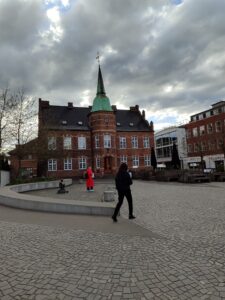Finland, located in Northern Europe, has a history that stretches back to ancient times. The region was inhabited by hunter-gatherers after the last Ice Age around 9000 BCE. Over the centuries, various groups migrated to the area, including the ancestors of the Finns and the Sami people.During the medieval period, Finland came under Swedish rule in the 12th century, which lasted for several centuries. Swedish influence shaped Finnish culture, language, and governance.In 1809, following the Finnish War, Finland was ceded to Russia, becoming an autonomous Grand Duchy within the Russian Empire. Despite Russian rule, Finland maintained its own legal system, diet, and language.Finland declared independence from Russia on December 6, 1917, amidst the turmoil of World War I and the Russian Revolution. This led to a brief civil war between socialist “Reds” and conservative “Whites.”In the interwar period, Finland faced economic challenges and tensions with neighboring countries. During World War II, Finland defended its independence against Soviet aggression in the Winter War (1939-1940) and later aligned with Nazi Germany in the Continuation War (1941-1944). Finland ultimately signed an armistice with the Soviet Union, losing territory but preserving its independence.After World War II, Finland rebuilt its economy and society, adopting a policy of neutrality during the Cold War. The country experienced rapid economic growth and social development, known for its welfare state and high standard of living.In the late 20th and early 21st centuries, Finland joined the European Union in 1995 and adopted the euro in 2002. It has remained committed to democracy, social equality, and technological innovation, earning recognition for its education system and quality of life.






